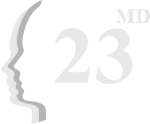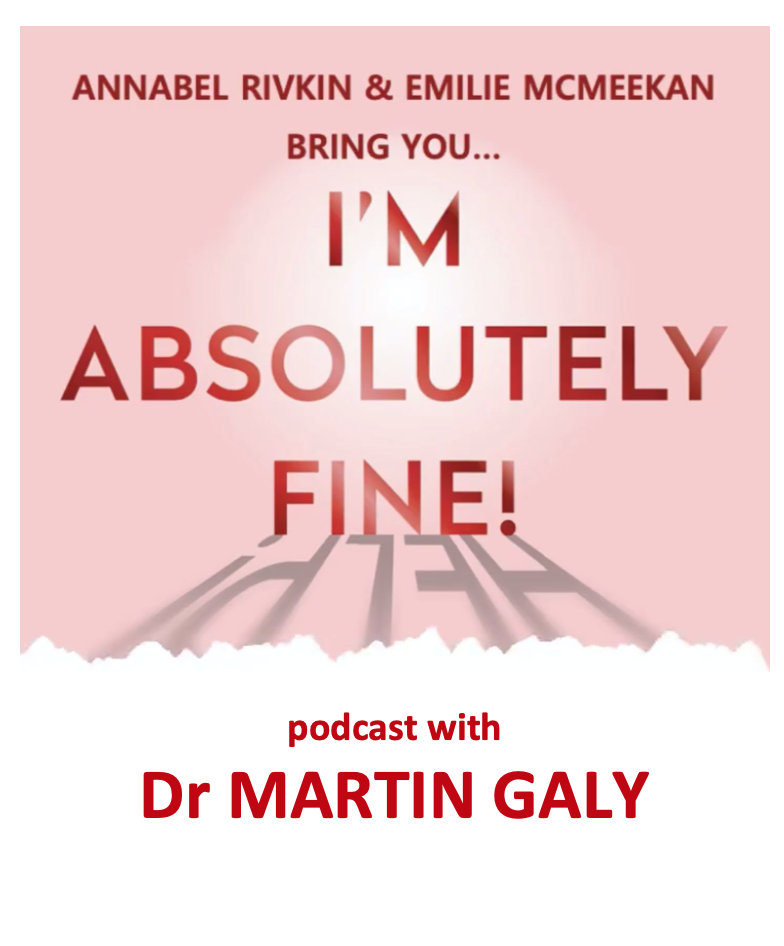Testosterone replacement therapy (TRT) may not be suitable for all patients, especially younger men. Thankfully, there are many ways to raise testosterone naturally. The methods outlined here are appropriate for virtually anyone, as they are beneficial to both men and women.
1) Diet to your ideal weight
Use Low Glycaemic Food GI < 55 If you are serious about losing weight, you have got to strictly limit the amount of processed sugar in your diet. There is mounting evidence that excess sugar, and fructose in particular, is the primary driving factor in the obesity epidemic. So cutting soda from your diet is essential, as is limiting fructose found in processed foods, fruit juice, excessive fruit and so-called “healthy” sweeteners. In addition to limiting fructose, it will be vital to reduce grains and milk (even raw) in your diet. Milk has a sugar called lactose, which has been shown to increase insulin resistance so it will be wise to avoid it if you are seeking to lose weight.
Refined carbohydrates, (or carbs with a high glycamic index > 55) – breakfast cereals, bagels, waffles, pretzels, cakes, white rise, white potatoe, and most processed foods also quickly break down to sugar, increase your insulin levels, and cause insulin resistance, which is the number one underlying factor of nearly every chronic disease and condition, including weight gain.
As you cut these dietary troublemakers from your meals, you need to replace them with healthy substitutes like vegetables and healthy fats (including natural saturated fats!). Your body prefers the carbohydrates in micronutrient-dense vegetables rather than grains and sugars because it slowly releases the sugars like glucose, and prevents high spiking levels of your insulin.
Eat Healthy Fats. By healthy, this means not only mono- and polyunsaturated fats, like that found in avocadoes and nuts, but also saturated, as these are essential for building testosterone. Research shows that a diet with less than 40 percent of energy as fat (and that mainly from animal sources, i.e. saturated) lead to a decrease in testosterone levels
Some experts agree that the ideal diet includes somewhere between 50-70 percent fat.
It’s important to understand that your body requires saturated fats from animal and vegetable sources (such as meat, dairy, certain oils, and tropical plants like coconut) for optimal functioning, and if you neglect this important food group in favor of sugar, grains and other starchy carbs, your health and weight are almost guaranteed to suffer.
Examples of healthy fats you can eat more of to give your testosterone levels a boost include:
- Olives, Olive oil,
- Coconuts, coconut oil
- Palm oil, Unheated organic nut oils.
- Butter made from raw grass-fed organic milk
- Raw nuts, such as, almonds or pecans
- Avocados
- Organic eggs
- Grass-fed meats
Boost Branch Chain Amino Acids (BCAA). Research suggests that BCAAs result in higher testosterone levels, particularly when taken along with resistance training. While BCAAs are available in supplement form, you’ll find the highest concentrations of BCAAs like leucine in dairy products – especially quality cheeses and whey protein.
2) Use the right Supplements
Zinc: Zinc is important for testosterone production, and supplementing your diet for as little as six weeks has been shown to cause a marked improvement in testosterone among men with low levels. Your diet is the best source of zinc; along with protein-rich foods like
- meats and fish,
- milk, cheese, yogurt, or kefir made from raw milk
- beans and pulses.
It can be difficult to obtain enough dietary zinc if you’re a vegetarian, and also for meat-eaters as well, largely because of conventional farming methods that rely heavily on chemical fertilizers and pesticides. These chemicals deplete the soil of nutrients … nutrients like zinc that must be absorbed by plants in order to be passed on to you. In many cases, you may further deplete the nutrients in your food by the way you prepare it. For most food, cooking it will drastically reduce its levels of nutrients like zinc … particularly over-cooking. If you decide to use a zinc supplement, stick to a dosage of less than 40 mg a day, as this is the recommended adult upper limit. Taking too much zinc can interfere with your body’s ability to absorb other minerals, especially copper, and may cause nausea as a side effect.
Vitamin D. Vitamin D, a steroid hormone, is essential for the healthy development of the nucleus of the sperm cell, and helps maintain semen quality and sperm count. Vitamin D also increases levels of testosterone, which may boost libido. In one study, overweight men who were given vitamin D supplements had a significant increase in testosterone levels after one year
Vitamin D deficiency is currently at epidemic proportions around the world, largely because people no longer spend their days in the sun to facilitate this important process of vitamin D production.
So the first step to ensuring you are receiving all the benefits of vitamin D is to find out what your levels are by testing you blood. Visit www.healthtestathome.com to check your levels today.
To get your levels into the healthy range, sun exposure is the BEST way to optimize your vitamin D levels; Alternatively, a vitamin D3 supplement can be taken orally, but this should be monitored by your doctor.
Omega 3. Imbalanced Omega 6:3 ratio has now been shown to cause chronic cellular inflammation, which in turn cause early aging and cell death. You can measure your omega 6:3 ratio and supplement with the right amounts of omega 3 to correct this. Please discuss this with your doctor.
3) Exercise
Aerobics or prolonged moderate exercise has been shown to have negative or no effect on testosterone levels. So what is the right type of exercise?
High Intensity Interval Training (HIIT). Short intense exercise have been shown to boost testosterone. Short intense exercise has a proven positive effect on increasing testosterone levels and preventing its decline. HIIT has been shown to boost growth hormone which helps use fat and deposit muscle.
- Here’s a summary of what a typical HIIT routine might look like:
- Warm up for 3 minutes
- Exercise as hard and fast as you can for 30 seconds. You should feel like you couldn’t possibly go on another few seconds
- Recover at a slow to moderate pace for 3 minutes
- Repeat the high intensity exercise and recovery 5 – 7 more times
Keep in mind that you can use virtually any type of equipment you want for this
Having a whey protein meal after exercise can further enhance the satiety/testosterone-boosting impact (hunger hormones cause the opposite effect on your testosterone and libido).
Strength or resistance Training. In addition to Peak Fitness, strength training is also known to boost testosterone levels, provided you are doing so intensely enough.
Increase the weight , lower your number of reps, focus on exercises that work a large number of muscles, such as dead lifts or squats. You can “turbo-charge” your weight training by going slower. By slowing down your movement, you’re actually turning it into a high-intensity exercise. Alow movements allows your muscle, at the microscopic level, to access the maximum number of cross-bridges between the protein filaments that produce movement in the muscle.
4) Stress
When you’re under a lot of stress, your body releases high levels of the stress hormone cortisol. This hormone blocks the effects of testosterone. Chronic stress and subsequent elevated levels of cortisol, could mean that testosterone’s effects are blocked and production reduced in the long term.
There is an excellent tool to manage stress called EFT (Emotional Freedom Technique), which is like acupuncture without the needles. It’s a handy, free tool for unloading emotional baggage quickly and painlessly, and so easy that even children can learn it.
Other common stress-reduction tools with a high success rate include prayer, meditation, laughter and yoga, for example. Learning relaxation skills, such as deep breathing and positive visualization, which is the “language” of the subconscious.
If these methods are not helping you control your stress levels, talking to a counsellor may help you acquire other tools to achieve this







































































